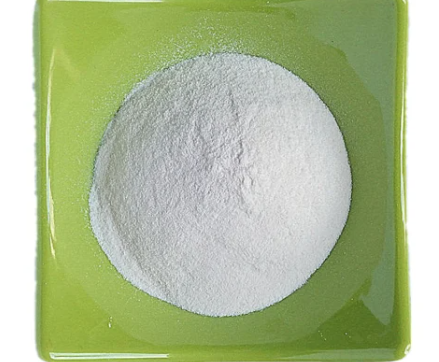The different types of Ethanol
Aug 9,2024
Introduction
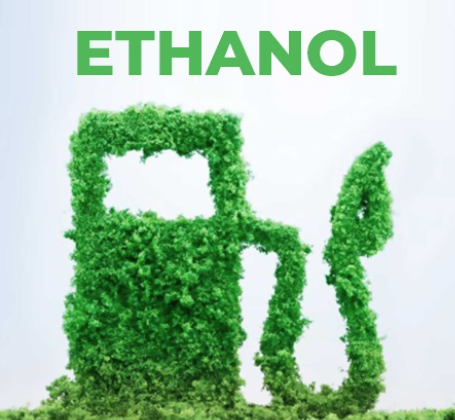
Ethanol, also known as ethyl alcohol or alcohol, is a volatile, flammable, colourless liquid with the molecular formula C2H5OH. Ethanol is also commonly referred to as neutral alcohol or neutral spirit in certain countries. 'Renewable ethanol' is produced from agricultural raw materials, such as cereals and sugar beet, as well as from waste and residues, such as straw; 'synthetic ethanol' is produced as a derivative from ethylene production using fossil-based raw materials.
Uses
Two types of ethanol are produced worldwide, namely fermented and synthetic ethanol. Fermented ethanol (bioethanol) is produced from corn or other biomass material and is mainly used for fuel, though a small part is used by the beverage industry. Synthetic ethanol is produced from ethylene, a petroleum by-product used mainly in industrial applications.
The solvent power of ethanol makes it particularly useful for extracting valuable natural products from plant and animal tissues. As an industrial raw material, ethanol is involved in manufacturing adhesives, toiletries, detergents, explosives, inks, chemicals, hand creams, plastics, paints, thinners, textiles, vinegar and others.
More than 98% of U.S. gasoline contains ethanol to oxygenate the fuel. Typically, gasoline contains E10 (10% ethanol, 90% gasoline), which reduces air pollution. Ethanol is also available as E85 (or flex fuel), which can be used in flexible fuel vehicles designed to operate on any blend of gasoline and ethanol up to 83%. Another blend, E15, is approved for use in the year 2001 of the model and in newer light-duty vehicles.
There are several steps involved in making ethanol available as a vehicle fuel:
Biomass feedstocks are grown, collected, and transported to an ethanol production facility.
Feedstocks are converted to ethanol at a production facility and then transported to a fuel terminal or end-user by rail, truck, or barge.
E10 is sourced from fuel terminals, whereas E85 is sourced from a terminal or an ethanol production facility.
E15 is available from fuel terminals or through a station's blender pump dispenser that draws from E10 and E85 tanks.
Types
There are several types of ethanol, but not all types of ethanol are suitable for all tasks:
A 95% (95.6%) ethanol: This is the highest concentration of ethanol one can obtain by distillation, 95.6% ethanol is an azeotrope, which means the vapour state has the same ethanol: water ratio as the liquid state. This alcohol could be obtained synthetically in the lab from various starting materials or by fermentation of different biomasses. The quality of this alcohol is considered combatable in food industries. It could be used in flavours, candy, personal care products, and as a carrier for various medicines such as cough, decongestants, and iodine solutions.
Absolute (99-100%) ethanol: Certain experiments are water-sensitive; therefore, absolute ethanol is required. A common method to produce ethanol with a concentration higher than 95% is to use additives, such as toluene, heptane, cyclohexane, and 2-butanone, that disrupt the azeotrope composition and allow further distillation. For this reason, absolute ethanol contains trace amounts of these additives. As ethanol is hygroscopic, water can be easily absorbed by ethanol; therefore, absolute ethanol needs to be prepared freshly or kept over magnesium metal and distilled when it is needed.
Denatured ethanol: It is made unhealthy for human consumption by adding one or more chemicals. Denatured ethanol (either 95% or absolute) contains chemicals, such as methanol and isopropanol, therefore it is not safe to drink. Usually, it is cheaper than pure ethanol, as it is exempted from beverage taxes and frequently used as a cleaning and disinfectant agent. Ethanol is an effective disinfectant at concentrations between 70-90%, and aqueous ethanol is a more effective protein denaturant than absolute ethanol. Denatured ethanol is commonly used in perfume industries.
References
[1] Jawad Alzeer, Khaled Abou Hadeed. “Ethanol and its Halal status in food industries.” Trends in Food Science Technology 58 (2016): Pages 14-20.
- Related articles
- Related Qustion
- Overview of ethanol polarity Dec 21, 2023
Ethanol is classified as a primary alcohol, meaning that the carbon that its hydroxyl group attaches to has at least two hydrogen atoms attached to it as well.
- Ethanol: The preparation, application and toxicity Apr 13, 2023
Ethanol is a volatile, flammable, colorless liquid with a slight characteristic odor. It is a psychoactive substance, recreational drug, and the active ingredient in alcoholic drinks.
- Toxicity of Ethanol Oct 19, 2021
Ethanol can bind directly to the gamma-aminobutyric acid receptor in the CNS and cause sedative effects. Ethanol may also have direct effects on cardiac muscle, thyroid tissue, and hepatic tissue.
P-XYLENE is a xylene isomer that is widely used as a feedstock for the manufacture of other industrial chemicals.....
Aug 9,2024APITriphosgene, or bis(trichloromethyl) carbonate or BTC, is a convenient substitute for the extremely toxic phosgene gas.....
Aug 9,2024Organic reagentsEthanol
64-17-5You may like
- Absolute Ethanol
-
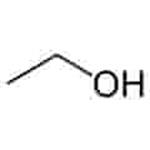
- $0.00 / 200kg
- 2024-09-13
- CAS:64-17-5
- Min. Order: 20kg
- Purity: 99.0%
- Supply Ability: 20 tons
- Ethanol
-
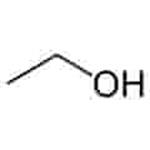
- $0.00 / 200kg
- 2024-09-13
- CAS:64-17-5
- Min. Order: 20kg
- Purity: 99.0%
- Supply Ability: 20 tons
- Ethanol
-
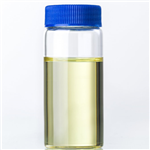
- $1.00 / 1g
- 2024-07-16
- CAS:64-17-5
- Min. Order: 1g
- Purity: 95
- Supply Ability: 20tons




